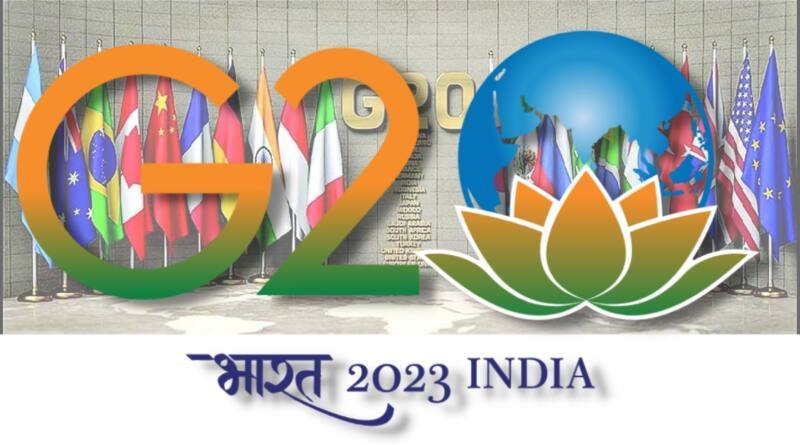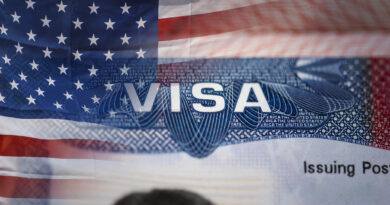India Reclaim Its Global Presence Now at The G20 Summit
Walking through an Indian street on any given day will expose you to billboards advertising various goods and Bollywood actors. However, throughout the past year, posters promoting the G20 have appeared all over the nation. They have been displayed on enormous LED displays and are taped to utility poles and hidden beneath tuk-tuks.
The posters prominently feature the official G20 summit logo for India, which is a globe encased in a flowering lotus flower. This design has prompted comparisons to the emblem of the ruling Bharatiya Janata Party (BJP). There are pictures of Prime Minister Narendra Modi with them. India has arrived on the international stage, which is the message the government wishes to convey.
The government has staged 200 pre-summit meetings in more than 50 places with yoga, cultural performances, and specially prepared cuisine, with a reported budget for hosting the G20 surpassing $100 million (£78 million).
Indian news stations have been providing dazzling coverage of events for months in an effort to entice viewers, who are often uninterested in the subtleties of global policy.
With the important summit only two days away, Delhi, the capital of India, has been spruced up for what is being hailed as the most high-profile event to be conducted in India in years.
All across the city, there are sculptured fountains, flower pots, and Indian flags. People are swarming to take selfies at the summit’s logo-illuminated historical sites, which number in the dozens. Famous city gardens have undergone renovations, had their foliage freshly manicured, and had the flags of participating nations flown.
But there’s more to the need for beauty. In order to obstruct views, several slums have temporary textile walls constructed in front of them. In certain situations, residents have also been relocated. It’s not clear where the beggars have been relocated after being removed from the city’s centre.
In advance of the event, the government has closed key routes, given the majority of schools and offices three days off, and deployed thousands of security personnel. There have been numerous cancellations of trains and flights. Never before have so many world leaders visited India at the same time.
The G20 is the most crucial platform for achieving India’s goal of blurring the lines between domestic and foreign policy. Former Indian ambassador Jitendra Nath Misra claims that the administration is aware of this.
Delhi will have the difficult task of making sure that matters like the Ukraine crisis, which deeply divided the group at last year’s G20 meeting in Bali, do not derail its aspirations despite the carnival-like atmosphere.
India has declared its intention to put issues that disproportionately affect developing nations, such as climate change, the growing debt burden on developing nations, digital transformation, rising inflation, and food and energy security, on the G20 agenda.
According to Happymon Jacob, a professor of foreign policy at Delhi’s Jawaharlal Nehru University, The summit takes place at a time when the “Global South” has succeeded in establishing itself as a significant player in the international order and Western nations have realized that “their exclusive
clubs cannot alone solve the problems of the world.”
Many nations now dispute the usefulness of a conference dominated by the West like the G20, which they believe is centred on an outmoded global allocation of power in light of growing inequality, high food and fuel prices, and climate change.
During the pandemic, India reportedly assisted nations in Africa, South Asia, and even China, “while the Western countries were only looking after themselves,” according to Mr. Jacob.
India is trying to provide “a converging point” at the summit between the two sides of the world in order to move forward. For instance, Mr Misra claims that the suggestion to include the African Union in the G20 demonstrates India’s readiness to assist developing nations.
India believes it has the strength and resources to accomplish this because it is one of the world’s economic bulwarks. But for the Delhi administration, which continues to be in a precarious geopolitical position, seeking to become a viable bridge between developed and developing countries will not be simple.
Given the amount of money it spent advertising a G20 summit under Mr Modi’s leadership, it will also be under pressure to achieve results domestically. Particularly in the lead-up to the general elections held next year, he would want to demonstrate that he has been able to strengthen India’s position in the international community.
Foreign policy hasn’t historically been a major factor in Indian electoral politics unless it pertains to the country’s close neighbours, such as Pakistan, China, or the US, in recent years. But things are changing under Mr Modi because both he and Indians generally have high aspirations and are concerned with their reputation abroad.




